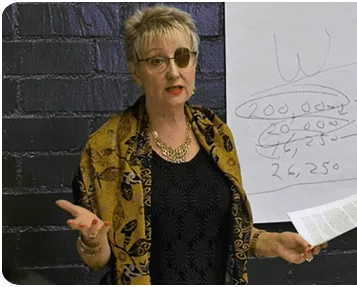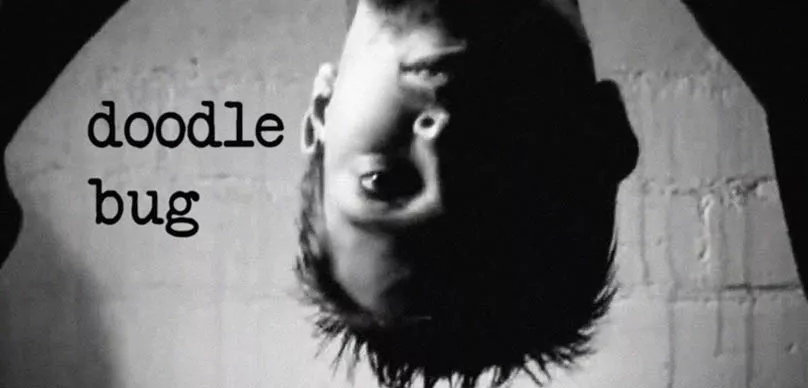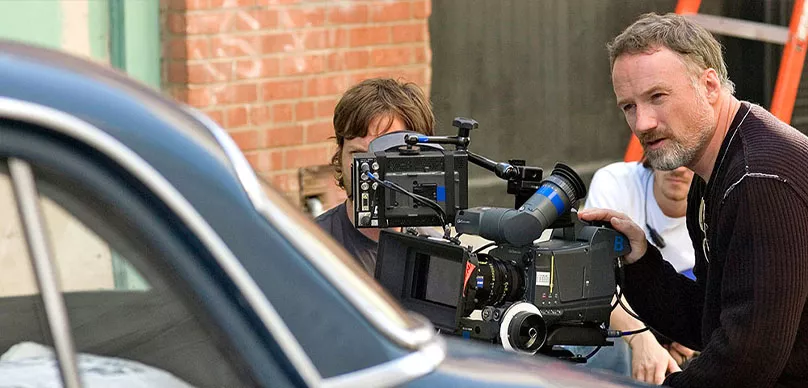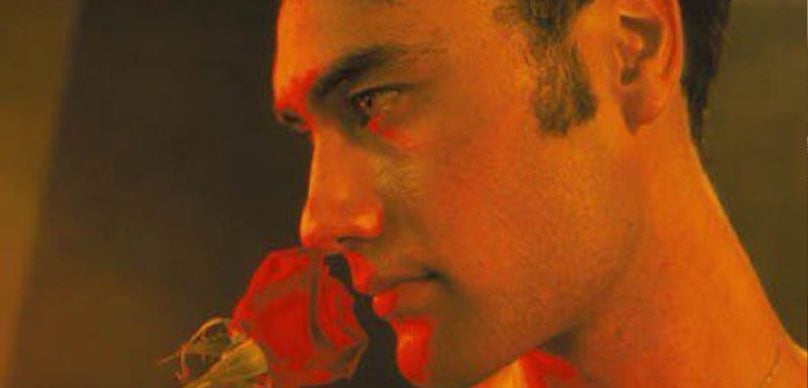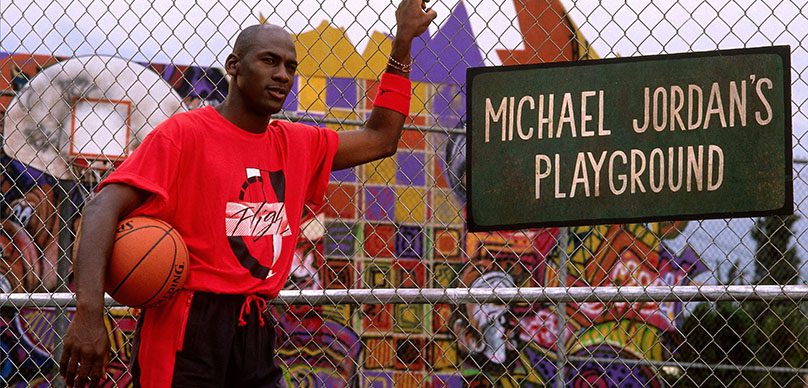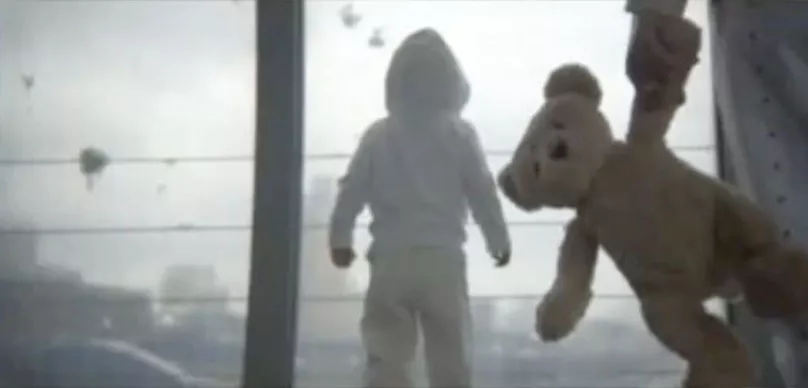There is a moment in every filmmaker’s life when the unseen becomes the spark—when what lies beneath the surface, figuratively or literally, begins to whisper its potential. On today’s episode, we welcome S.S. Wilson, a masterful screenwriter, director, and creative mind whose work reminds us that cinematic magic can erupt even from the dustiest corners of low-budget constraint. Whether you’ve laughed with Short Circuit or felt the rumble of Tremors, Wilson’s journey is one that stirs the creative soul.
S.S. Wilson is best known for co-creating the Tremors franchise and co-writing Short Circuit, yet his deeper legacy lives in how he approaches story: with reverence, structure, and devotion to the craft. In this wide-ranging conversation, he invites filmmakers to witness what it truly means to build a story from the inside out. He and his longtime writing partner Brent Maddock don’t chase ideas—they architect them. Their gospel? Outline everything. “We’re not comfortable until we know where it’s going,” Wilson shares. In a landscape where many chase spontaneity, Wilson reminds us that clarity of vision is a kind of sacred pre-production.
The Tremors films weren’t simply genre flicks—they were blueprints in filmmaking ingenuity. When the budget says no, the imagination must say yes. That’s why the monsters are underground for most of the film—not just to build suspense, but to bypass costly visual effects. “We knew sound was going to be critical,” Wilson says. “That’s part of why we picked underground monsters. You don’t have to see them… you have to feel them.” For filmmakers working with tight budgets, this is gold: design limitations into the concept itself. Make the unseen the story.
There’s a brilliant moment in the original Tremors where the creature is revealed incrementally—first a worm-like tendril, later the entire beast. That’s not just good horror. That’s good storytelling. Wilson orchestrates expectation like a symphony, pulling the audience forward with curiosity. And the characters—real people in an unreal situation—ground the entire thing. “Even the monsters follow rules,” he says. “We never change the rules just for a scare.” For any director or writer, that’s a North Star: consistency builds trust with the viewer. Break that, and the spell collapses.
Wilson and his team learned early that writers are often shut out of the process once the script is delivered. They decided they’d had enough of that. By pushing to become producers, they ensured the vision remained intact all the way to the screen. This wasn’t ego. It was stewardship. They built not just a film but an ecosystem of logic and love. No lazy tropes. No studio-fueled chaos. Just character, creativity, and continuity—from the first Graboid to the final Ass Blaster.
Today, Wilson writes novels, but his advice for filmmakers remains elemental. Don’t fall in love with your first idea. Don’t polish the same project endlessly. Make things. Learn from what you admire. And let go. “Write something. Get it done. Say goodbye to it. Write something else,” he advises. This isn’t just writing advice—it’s directing advice. Editing advice. Producing advice. Finish the scene. Finish the film. Then move on. What’s next will only reveal itself when you’ve cleared the space for it to arrive.


